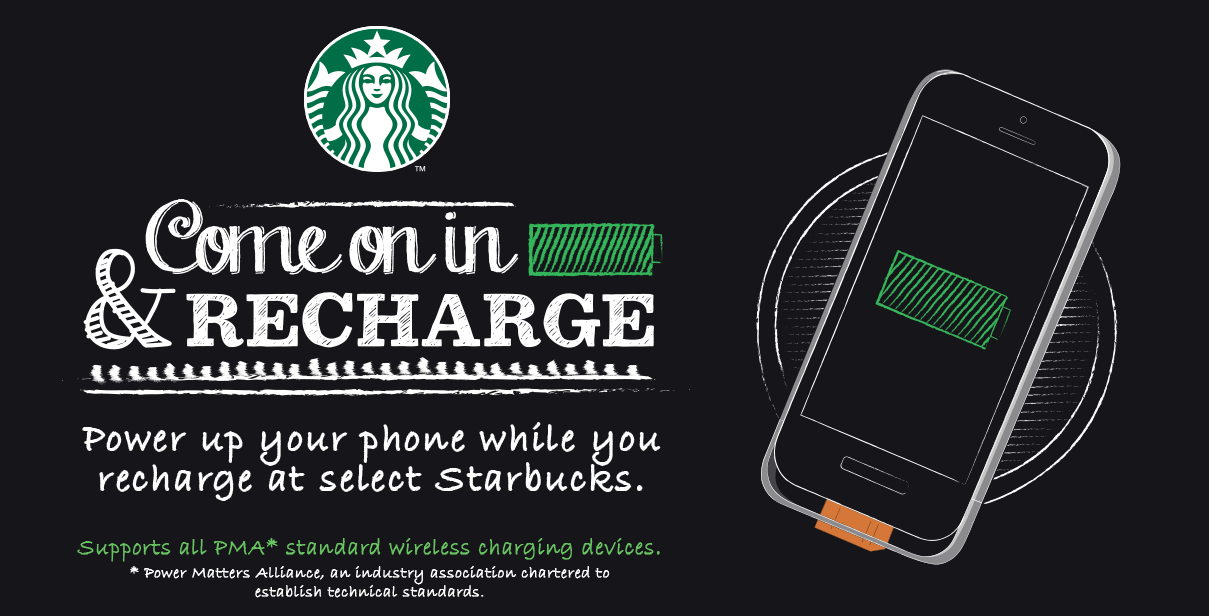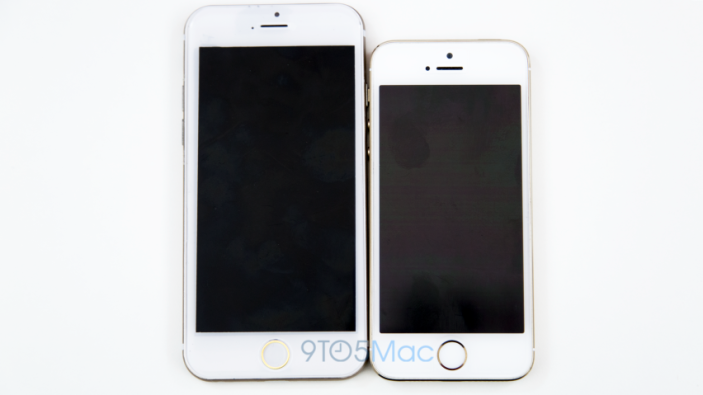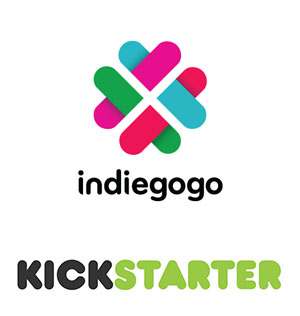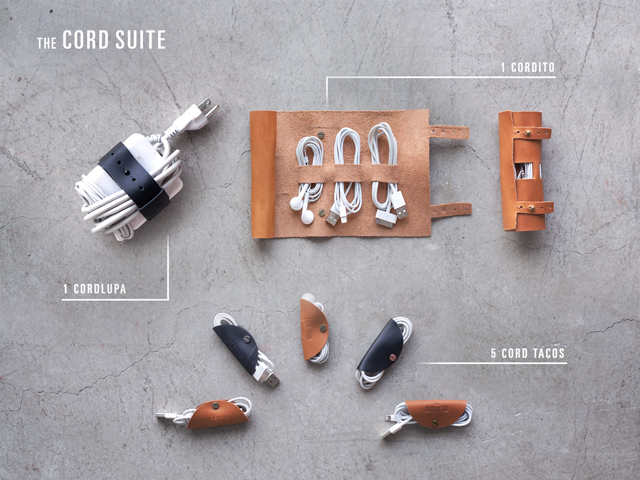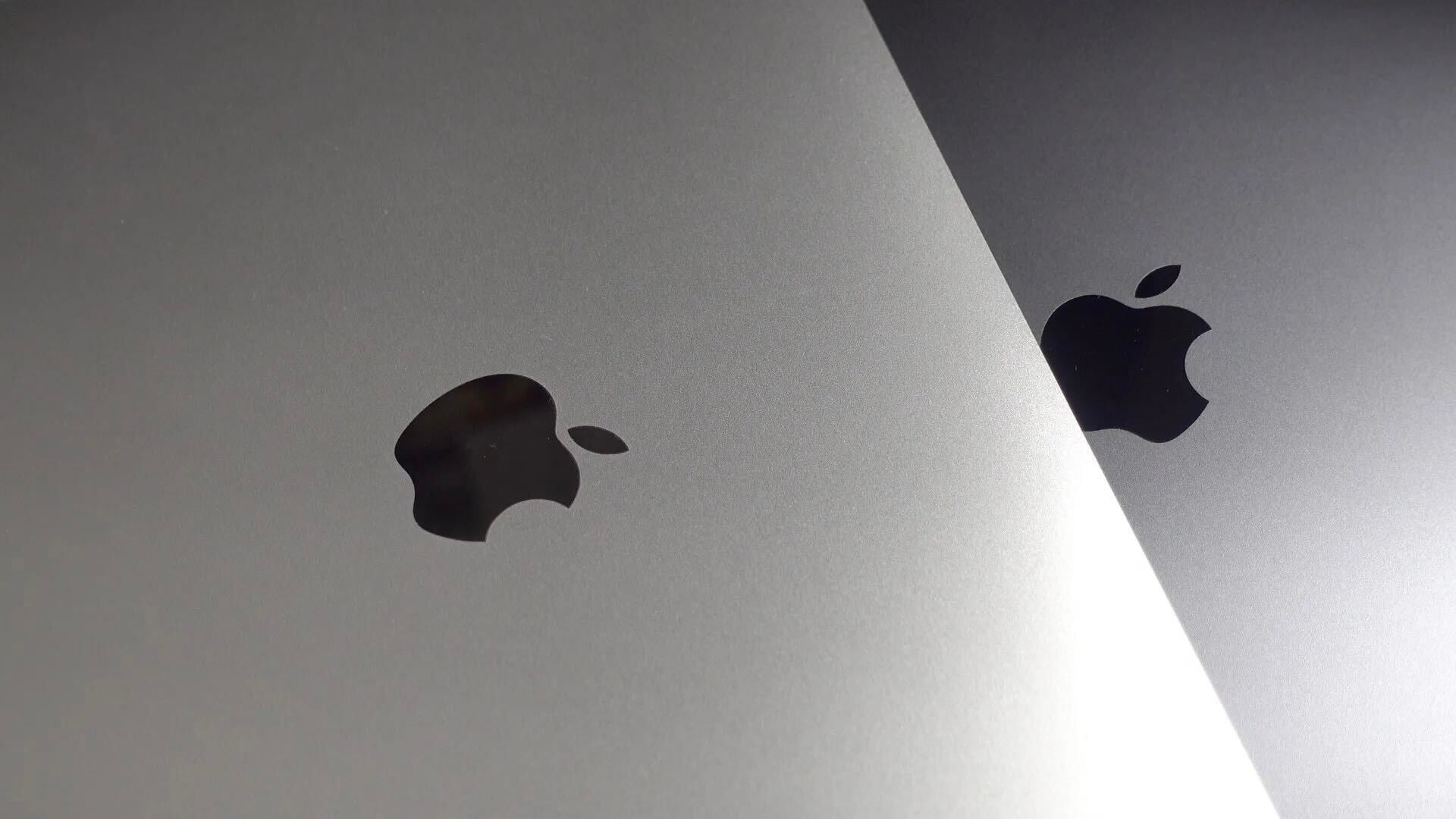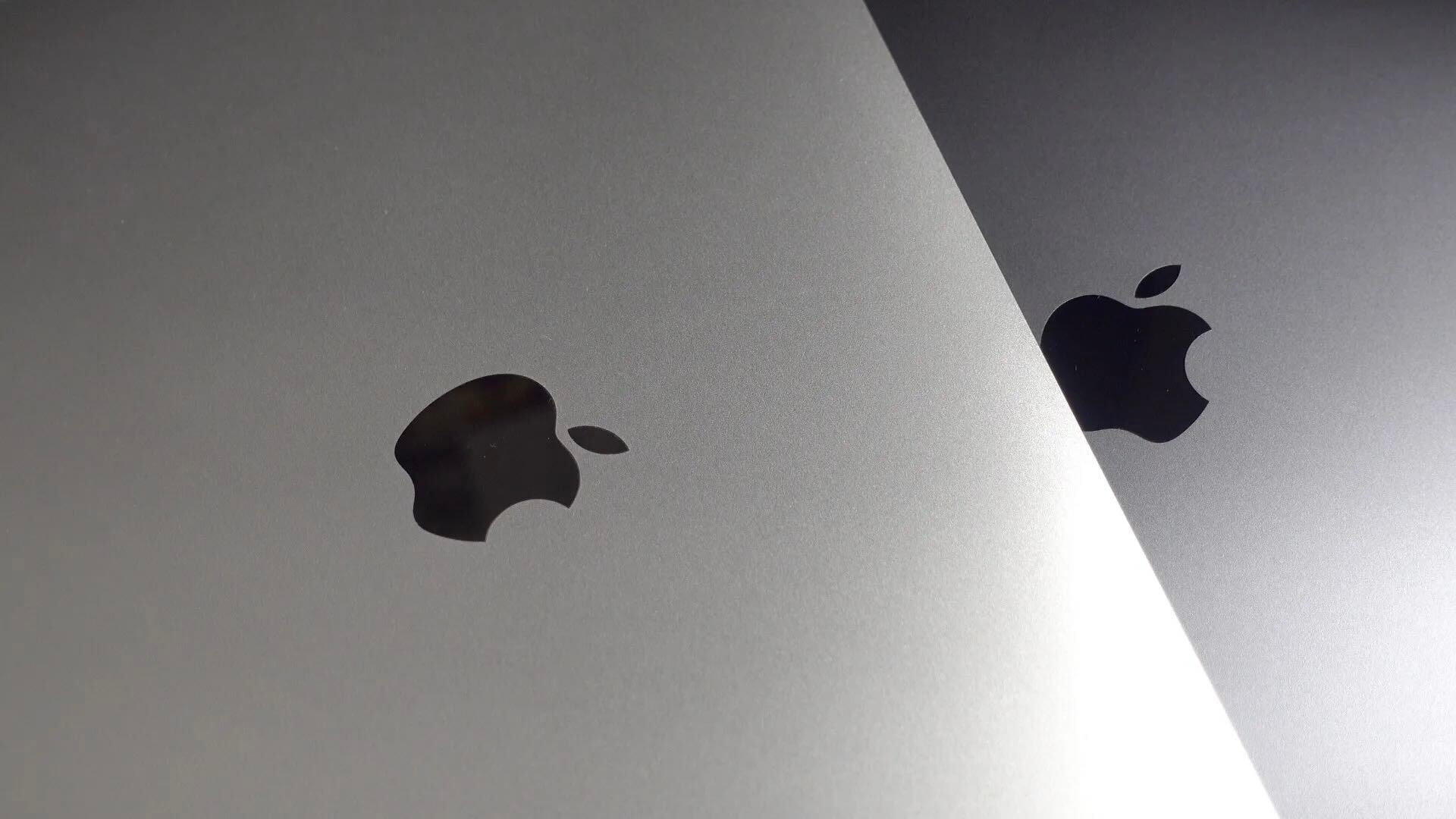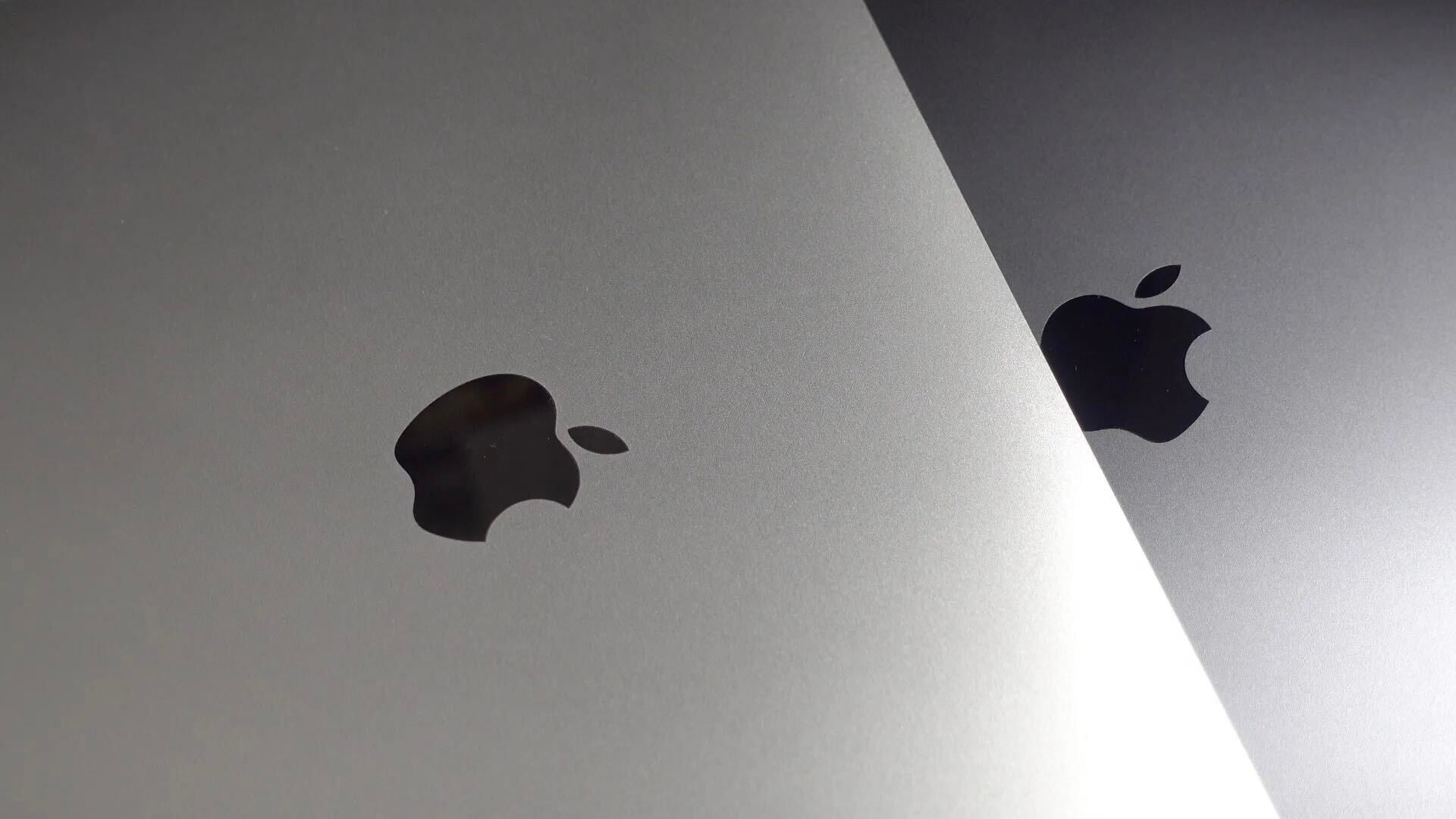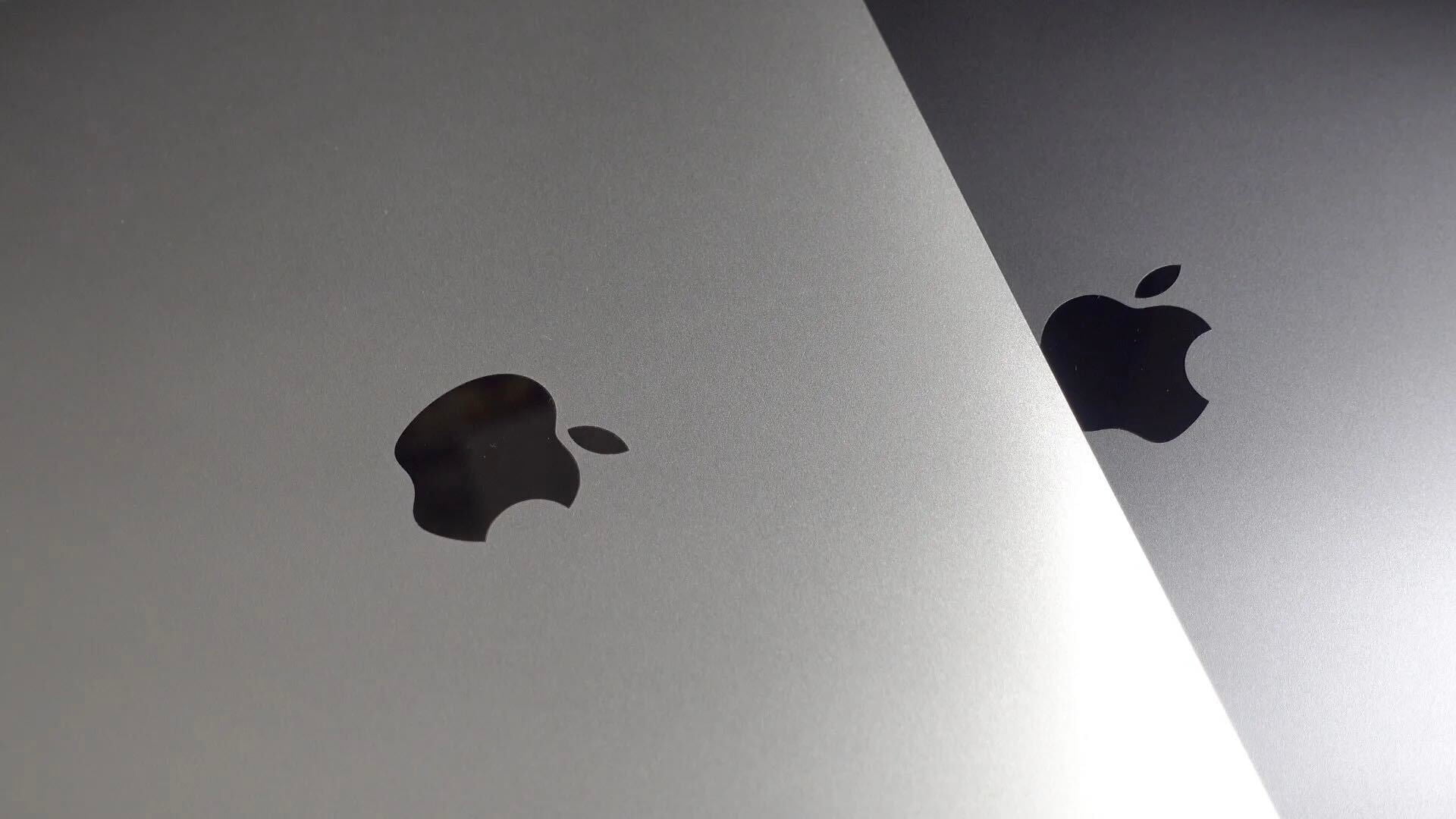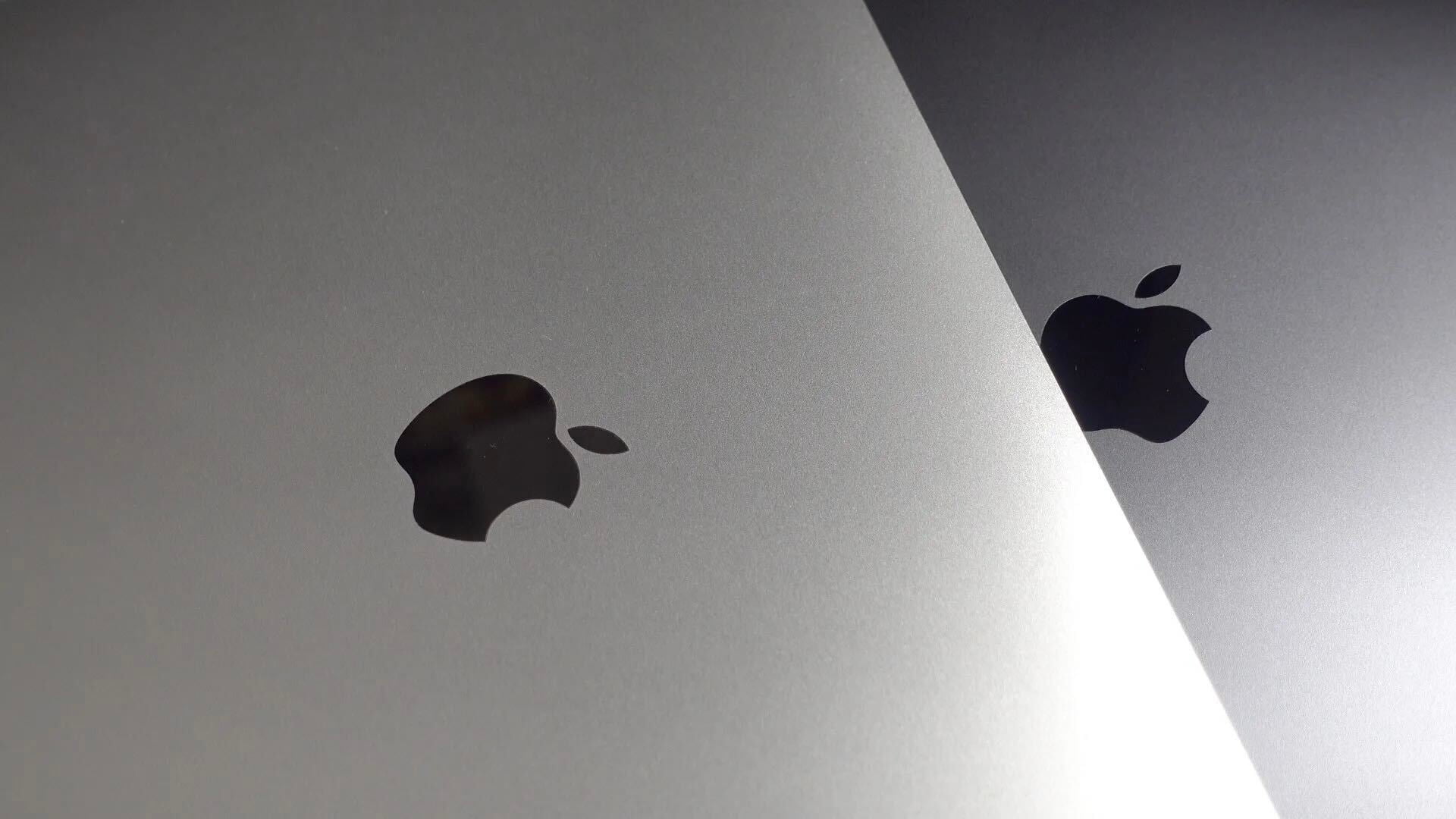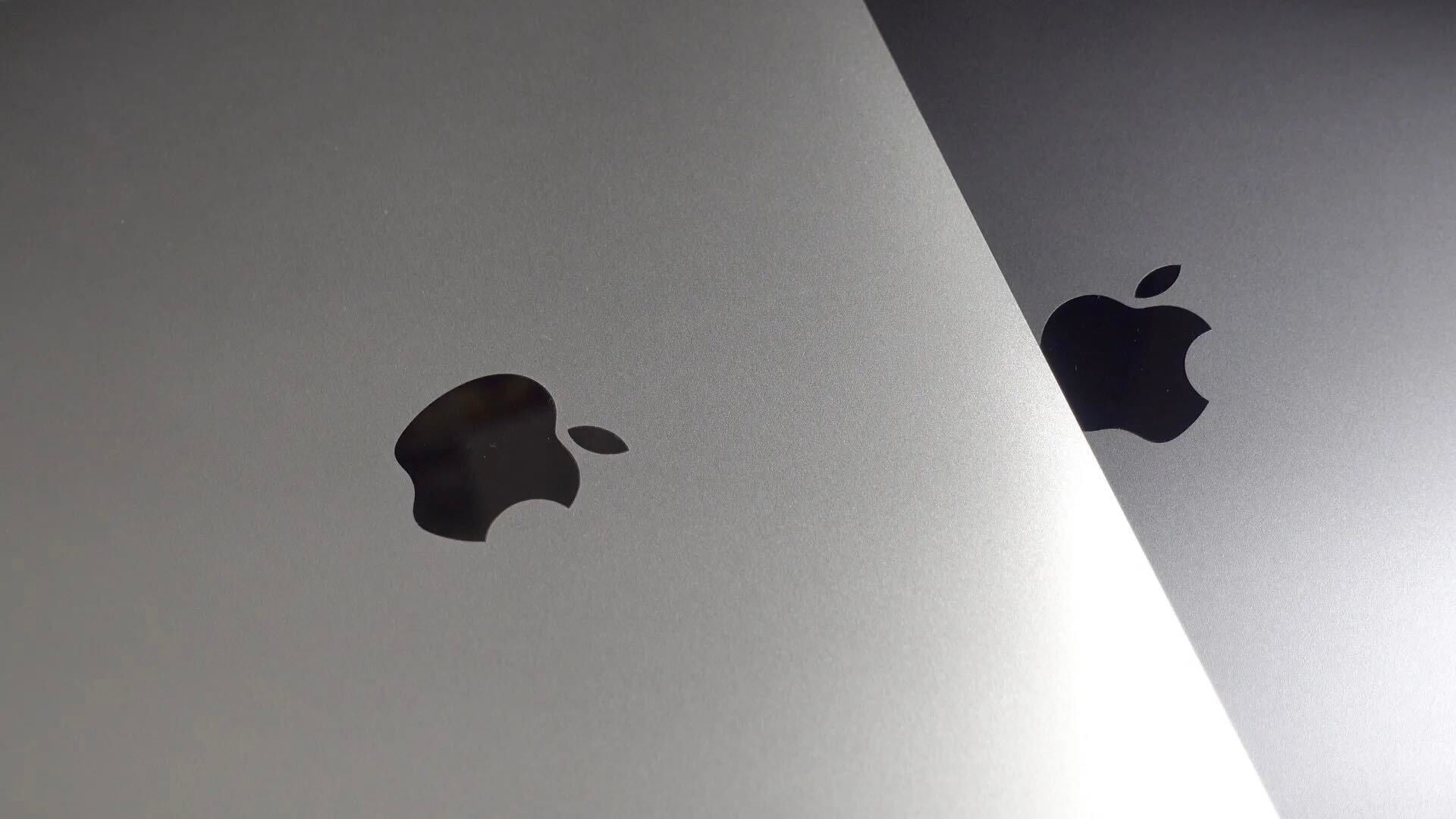
iPad-controlled wireless power system charges devices via WiFi up to 20 feet away
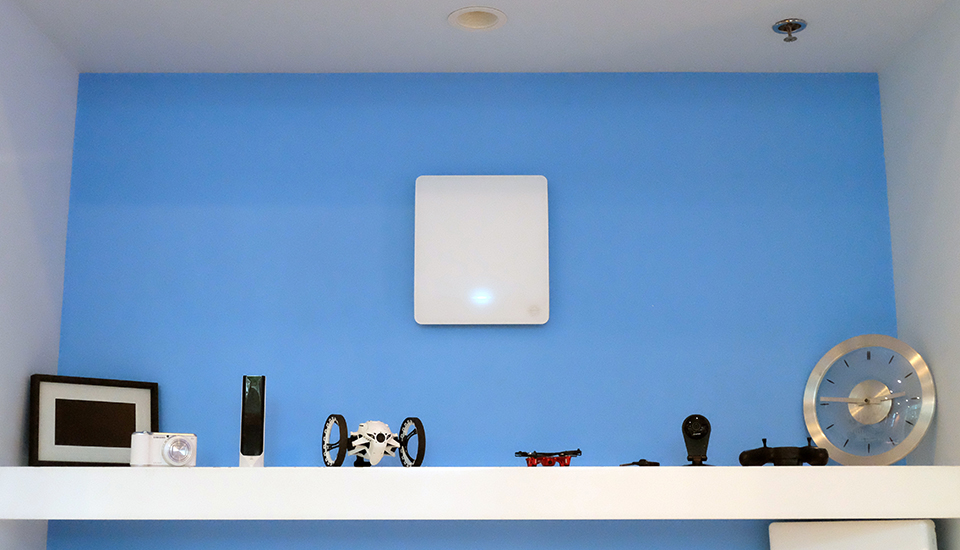
While some have been disappointed that Apple hasn’t yet incorporated wireless charging technology into its devices, charging pads are really almost as clunky as wires: you still have wires going to the pads, and you have to put your device in a specific place to charge them. What we really want is true wireless charging, where power is beamed directly to the device through the air.
Which is exactly what Energous has been demonstrating at CES with a system it calls WattUp, reports Engadget.
WattUp […] works using a mix of RF, Bluetooth and a lot of patent-pending technology. The transmitter is where most of the magic happens. It communicates with and locates compatible devices using low-energy Bluetooth. Once they’ve established contact with a device, they send out focused RF signals on the same bands as WiFi that are then absorbed and converted into DC power by a tiny chip embedded in the device. These transmitters can be built into household appliances, TVs, speakers and standalone “energy routers.”
What looks like an oversized Internet router beams power up to 20 feet, so have enough of these – or transmitters embedded into other devices around the home – and your portable devices are powered wherever they are. All that’s needed is for the receiving devices to have the necessary chip.
Energous used an iPad app to demonstrate switching power between devices, but the plan is to build intelligence into the system so that it beams power to devices automatically depending on how much charge they have left. Once your phone has enough power, it switches instead to powering your iPad. As you move around the home, power transmission is handed off to the next source in much the same way as your phone switches between different WiFi networks.
Energous wants to license the technology to manufacturers, and Apple would clearly make a very attractive target.
The clunkiness of charging pads is, I think, why Apple hasn’t yet adopted wireless charging. This, not pads, is the way charging should work, and sooner or later this – or some equivalent tech – is how our iDevices will be charged. I’m very much hoping for ‘sooner.’
9to5Mac’s CES 2015 coverage brought to you by:

